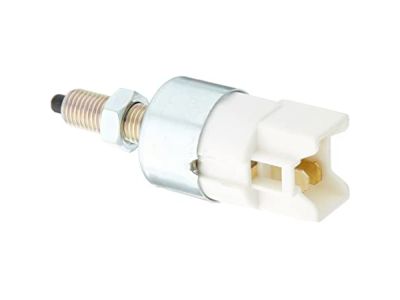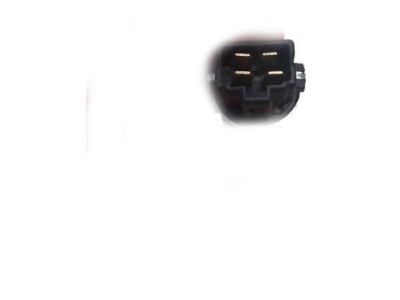×
- Hello
- Login or Register
- Quick Links
- Live Chat
- Track Order
- Parts Availability
- RMA
- Help Center
- Contact Us
- Shop for
- Honda Parts
- Honda Accessories

My Garage
My Account
Cart
Genuine Honda Passport Brake Light Switch
Brake Lamp Switch- Select Vehicle by Model
- Select Vehicle by VIN
Select Vehicle by Model
orMake
Model
Year
Select Vehicle by VIN
For the most accurate results, select vehicle by your VIN (Vehicle Identification Number).
3 Brake Light Switches found

Honda Passport Switch Assembly, Stop&Crui
Part Number: 36750-TY0-J11$18.77 MSRP: $26.52You Save: $7.75 (30%)
Honda Passport Switch, Stop Light
Part Number: 8-94109-863-0$26.27 MSRP: $71.73You Save: $45.46 (64%)
Honda Passport Brake Light Switch
Brake Light Switch is a vital component of Honda Passport automobile since it controls the operations of the brake light when the brake pedal is pressed. This mechanism ensures that those in the back seat of a Honda Passport feel or is informed when the car is slowing or at a stop and thus is safe on the roads. While the overview does not specify different types or styles of Brake Light Switch used in various Honda Passport models, it is essential to recognize that the primary goal remains consistent across all iterations: for accurate display of the signalling of braking actions. This makes the Brake Light Switch to be very essential in some ways ensuring safety of driving to every other users on the road.
In search of affordable OEM Honda Passport Brake Light Switch? Consider browsing through our extensive inventory of genuine Honda Passport Brake Light Switch. Not only do we provide market-leading prices and a manufacturer's warranty, but we also pride ourselves on exceptional customer service and swift delivery.
Honda Passport Brake Light Switch Parts Questions & Experts Answers
- Q: What is the function and testing procedure for the brake light switch on Honda Passport?A:The brake light switch is usually a normally open type mounted on top of the brake pedal; when the pedal is pressed, it completes the brake light circuit and turns on the brake lamp. Non-cruise control models have two terminals while cruise control models include two more terminals to drive both circuits of the cruise control in parallel for simultaneous activation. If the brake light circuit is the problem then if both lights are off inspect the fuse, but if only one is out than the problem is most likely the bulb. If the fuse and bulbs are good and the lights are still not on; then check for battery voltage on the switch side. To give the switch a try, give the negative battery cable a loose connection, the electrical connector to be disconnected, and using an ohmmeter, place it to the 2 lower terminals; the gauge should read no limit when the pedal is not pressed and a lower value when it is pressed. In turn, a test light can be used, one side of which is connected to the check constant voltage and the other side is switched on when the pedal is pressed. When the pedal is applied and if the switch is operating fine then there should be volts between switch & brake lights. To replace, first, disconnect the negative battery terminal and the electrical connector of the switch next, to unbolt the switch and remove it you need to unlock the locknut. Installation is the reverse and is done with the use of a feeler gauge of the said thickness, where the locknut is then tightened, and the electrical connector reconnected to adjust the switch.
















